After someone tells Green Hippo that his kind doesn’t exist, he goes to Frog for help. “NONSENSE!” says Frog, but Green Hippo dismisses his pal’s reassurance. “Well, that’s easy for you to say,” replies Green Hippo. “Frogs are supposed to be green, just like you.” He’s similarly dismissive when Elephant and Giraffe attempt to soothe him. How can they understand? Heading off on his own, Green Hippo finds beauty in the various creatures all around him; newly affirmed, he rejoins his friends, who have a surprise for him. Though Green Hippo resolves his conflict implausibly swiftly, the story’s sweet and encouraging message of self-acceptance ultimately comes through clearly thanks to Horáček’s illustrations. His depictions of vibrant, detailed birds, butterflies, and fish flood the senses after several pages of simple, broad shapes as Green Hippo literally and metaphorically opens his eyes beyond his own sadness and realizes that differences make the world a better place. And while Green Hippo’s friends may not fully understand his plight, their unwavering acceptance makes for an inspiring meditation on the ways in which friends can support one another.




